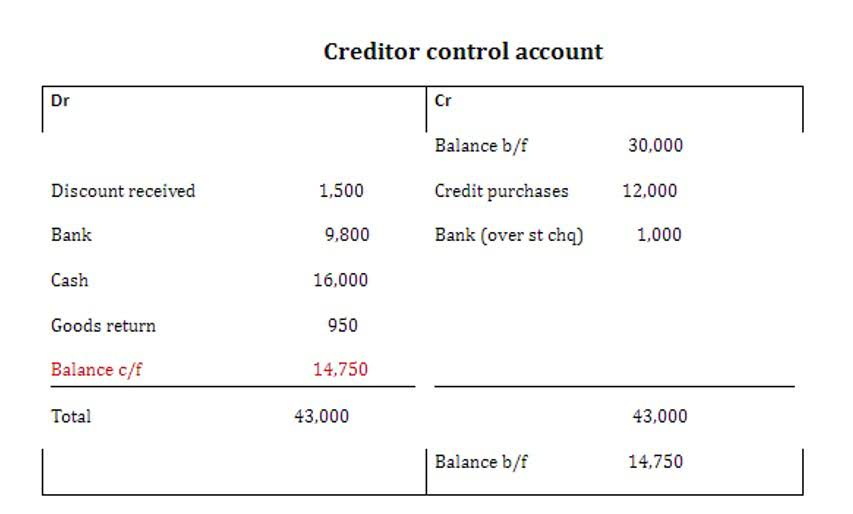Bookkeeping
Master Budgeting Explained: Component, Examples, and How to Prepare
Flexible budgets are useful to have when sales exceed (or underperform) expectations. The selling and administrative expense budget deal with non-manufacturing costs such as freight or supplies. Although leaders make budget decisions, the outcomes of the proposal process have far-reaching implications. Be sure to communicate the rationale for decisions in clear and concise language. Schedule regular stakeholder meetings to review and discuss budget proposals and align them with broader objectives.
What Are the Purposes of Budgeting?
We emphasize the master budget because ofits prime importance to financial planning and control in abusiness entity. ABC Manufacturing Company is preparing its master budget for the next fiscal year. These budgets have been combined into the master budget and reviewed by senior management.
Pro Forma Income Statement
By regularly reviewing the master budget, businesses can ensure they meet all compliance requirements and avoid potential penalties or fines. Accurately projecting sales is essential to creating an effective master budget. Incorrect sales projections can lead to an imbalance in the budget, with the potential for overspending or underproduction. The final step in preparing a master budget is to review and approve the budget.
Establishing a collaborative budgeting framework

Management must look at what the company can gain by purchasing another company and what resources would be redundant. For instance, every company has a group of employees in charge of the administrative duties within the company. If a company was purchased, there would no need to keep two sets of administrative staff. The management of the acquiring company would have to make a decision who should be let go. It’s important that you’re tracking your budget vs. actual totals with your accounting software, or by using a spreadsheet, to understand just how accurate (or wildly off-base) your projections are. If this is your first time creating a budget, cut yourself some slack, and learn from your mistakes.

Stakeholder engagement ensures that businesses are responsive to stakeholder needs and concerns. The first step in aligning the master budget with strategic goals is to set clear, measurable objectives. These objectives should be specific, achievable, and aligned with the company’s vision and mission.
Labor and Hiring Budget
To create a master budget, the finance department needs to have several skills. First, they need to understand financial statements, such as the income statement, balance master budget sheet, and cash flow statement. These financial statements provide valuable information that is used to prepare the lower-level budgets and the master budget.

Creating a master budget: best practices for better collaboration
Master budgeting is a vital process that allows businesses to plan and manage their finances effectively. A master budget is a comprehensive financial plan that outlines a company’s revenue, expenses, and cash flow over a specific period, usually one year. By preparing and using a master budget, companies can allocate resources effectively, control costs, and achieve profitability. It also aligns stakeholders’ expectations with the business’s financial goals. Many businesses fail to communicate effectively with stakeholders, such as investors or department heads, when creating their master budget. To avoid this mistake, businesses should involve stakeholders in the budgeting process and ensure they are aware of the assumptions and projections that underpin the budget.
- A static budget is usually the first step of budgeting, which determines how much a company has and how much it will spend.
- They also help the firm direct the allocation of its resources to achieve its goals.
- Involving operational leaders also keeps them in the loop on larger organizational objectives, which helps them support those goals.
- The flexible budget is compared to the company’s static budget to identify any variances (or differences) between the forecasted spending and the actual spending.
- It’s great to be optimistic about your business, but an overly optimistic budget does no one any favors.
External factors, such as changes in the market, competitor activity, or economic conditions, can impact the company’s ability to achieve its strategic goals. These factors should be considered when developing the master budget, and contingency plans should be developed to mitigate potential risks. It helps businesses plan their cash flow and ensures they have enough cash to cover their expenses.

Some firms may not use one or another of the budgets, but most use some form of all of them. Metrics should be developed to measure progress toward achieving the strategic goals. These metrics can be used to track progress against the budget, identify areas of success and areas that need improvement, and inform decisions about resource allocation. Once individual budgets have been created, they must be combined into a single, comprehensive document – the master budget. Businesses must determine when to start preparing the master budget and how often to update it to ensure it is accurate and reliable.
